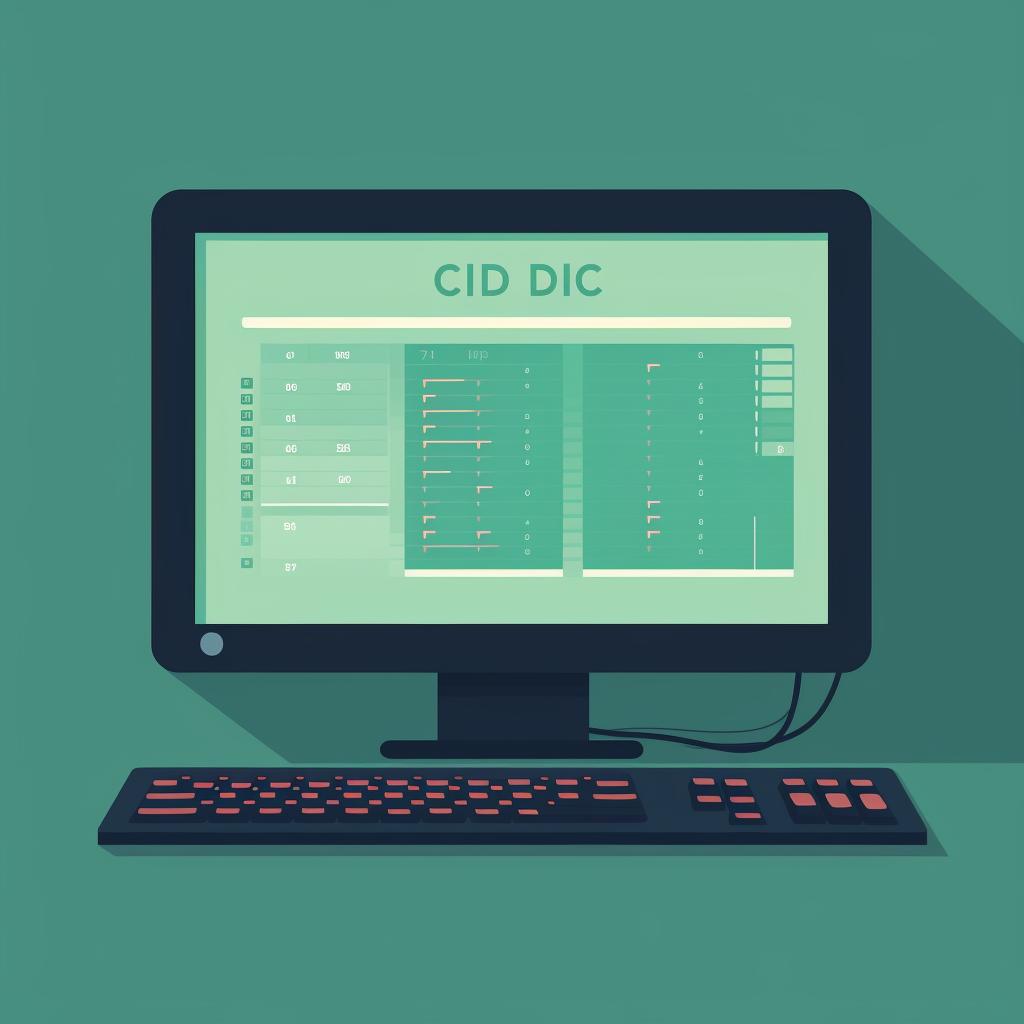Mastering Daily Tasks with Linux Command Lines | DG Micro
Mastering Linux command lines is akin to unlocking a powerful toolkit. Whether you're a beginner or a seasoned user, understanding these commands can significantly streamline your daily tasks and boost productivity. This guide walks you through some of the most essential command lines to help you manage files, update your system, and install new software.
File Management forms the backbone of Linux operations. With a few simple commands like 'mkdir', 'cd', 'touch', and 'ls', you can create directories, navigate through them, create new files, and view directory contents. If you're keen on learning more about file management, check out our comprehensive guide on Optimizing Productivity with Linux: The Complete Guide to Copying Files and Directories.
Keeping your Linux system up-to-date is crucial for its security and efficiency. The 'sudo apt update' and 'sudo apt upgrade' commands help you update your package lists and install the newest versions of all packages installed on your system. For more quick commands to learn in Linux, visit our FAQ page.
When it comes to Software Installation, Linux offers a straightforward command, 'apt-get install', followed by the package name. Remember to update your package list before installing new software. For more insights on Linux command lines, explore our FAQ on the best ways to learn Linux command line.
Command lines might seem daunting at first, but with consistent practice and the right resources, you can master them effectively. If you're wondering how to learn Linux effectively in a month, we've got you covered. Remember, every Linux master was once a beginner. Start where you are, use what you have, and learn at your own pace. Happy Linux learning!



